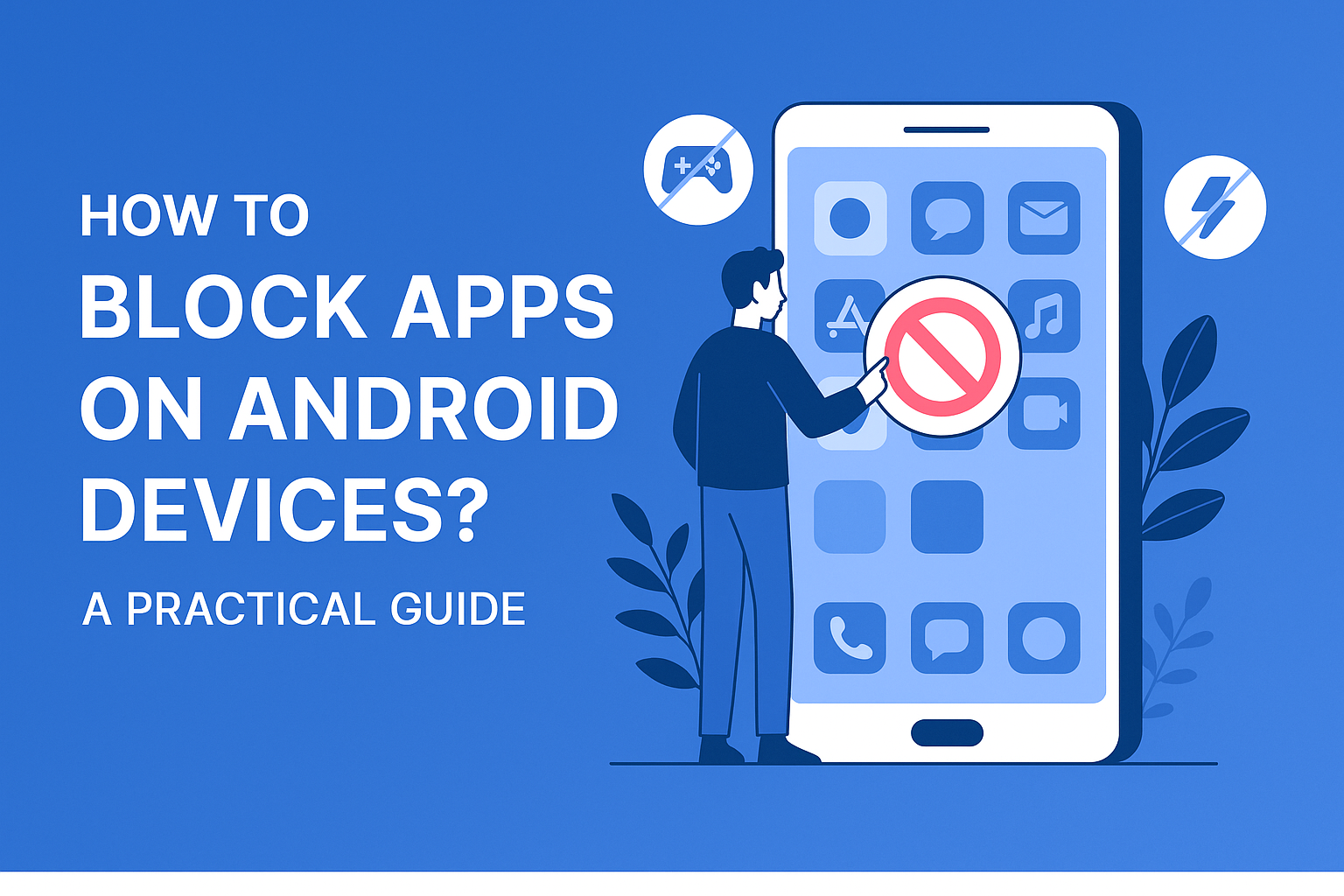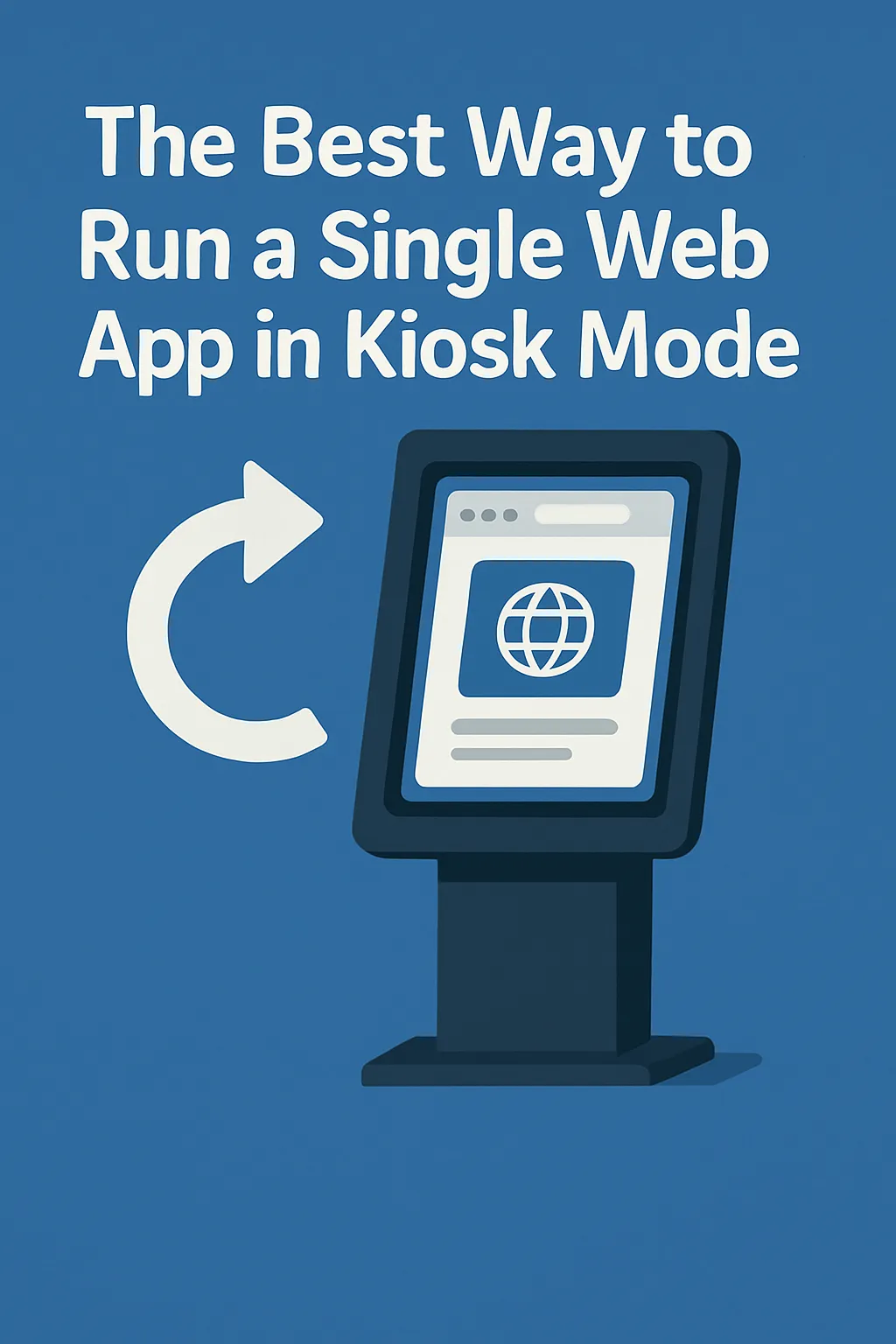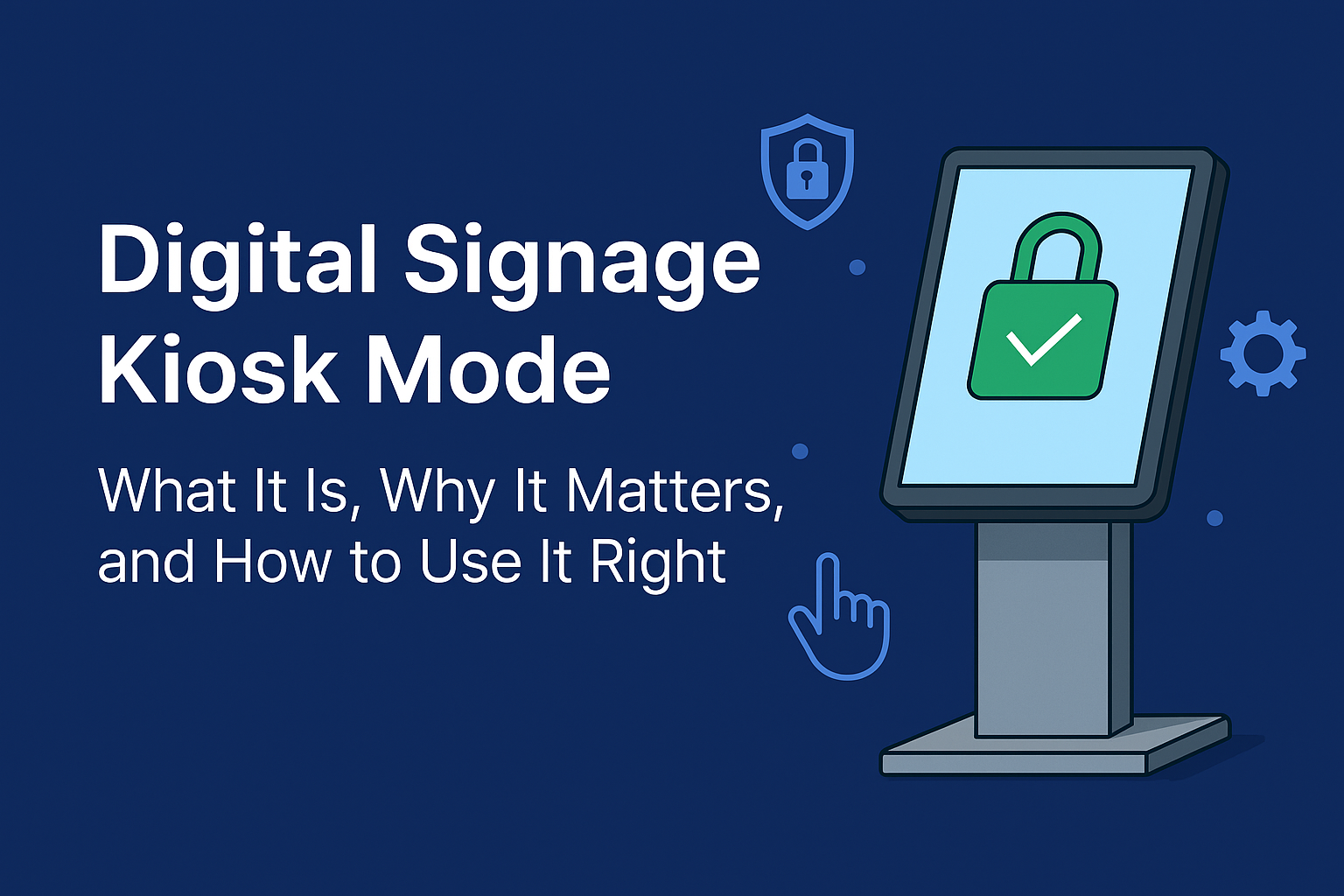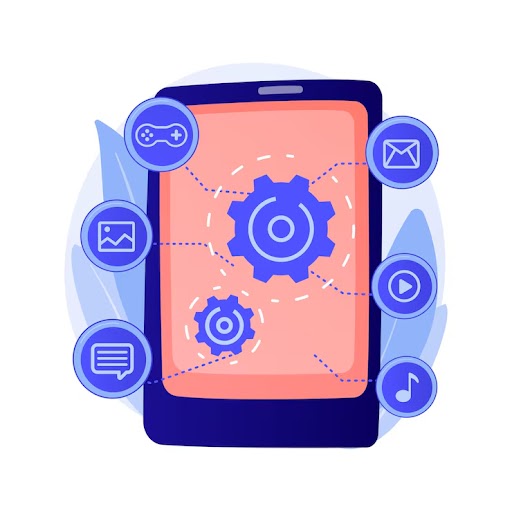Best Use Cases for Android Kiosk Mode in 2025
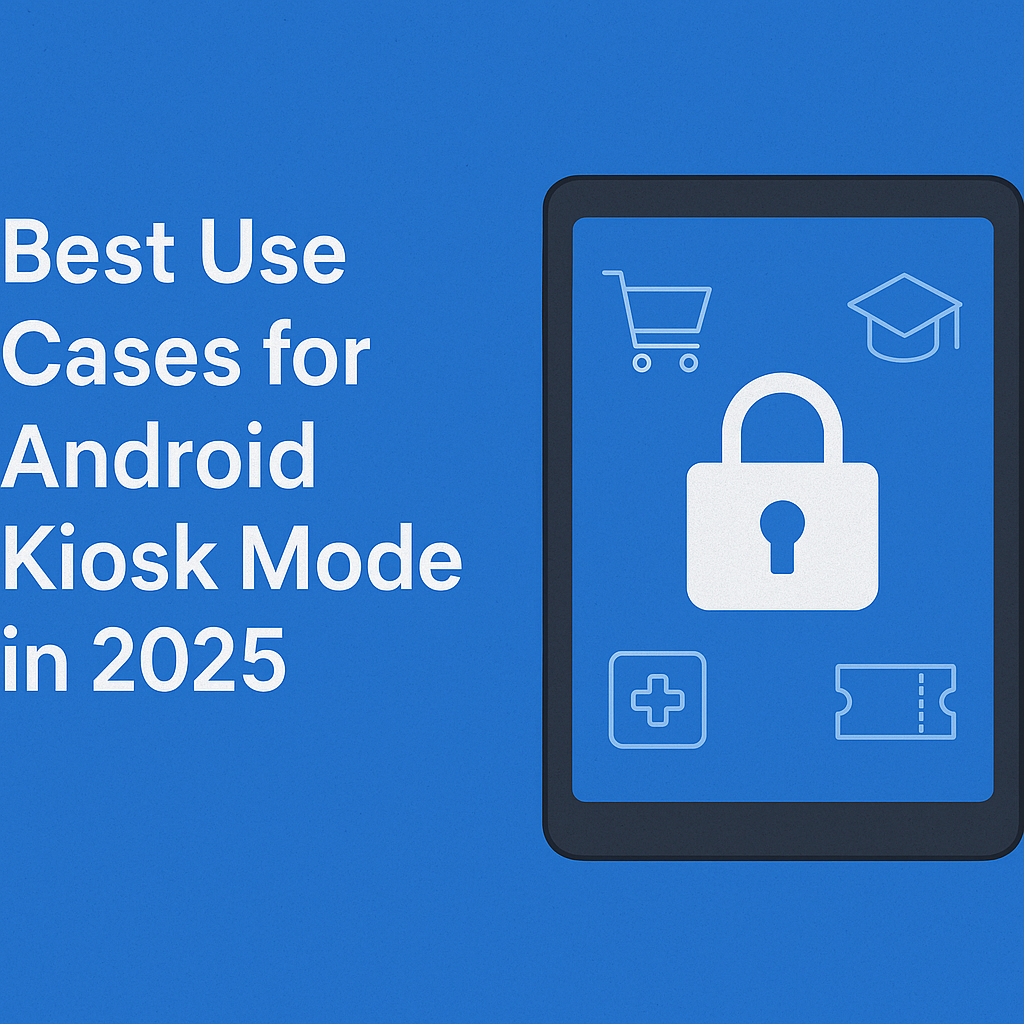
Strong 8k brings an ultra-HD IPTV experience to your living room and your pocket.
In a world shaped by automation, touchscreens, and self-service expectations, Android kiosk mode has emerged as one of the most quietly powerful tools in modern technology.
It’s not flashy. It’s not complicated. But its impact is enormous.
Kiosk mode allows you to lock an Android device—be it a tablet, phone, or rugged scanner—into a single app or curated set of apps. This transforms the device into a purpose-driven tool, minimizing user error, maximizing focus, and eliminating distractions.
From checkout counters to classrooms and healthcare check-ins, Android kiosk mode is doing more behind the scenes in 2025 than ever before.
Let’s explore what makes this tool essential, where it’s making a difference, and why it’s becoming a staple across industries.
What is Android Kiosk Mode?
At its simplest, Android kiosk mode is a way to limit an Android device’s functionality. It locks the device into a specific app—or a group of apps—so the user can’t access the broader Android system.
There’s no home screen. No ability to switch apps. No settings menu to poke through. Just one clear experience designed to serve a single task or purpose.
Typical use cases include:
- Digital signage
- Point-of-sale (POS) terminals
- Customer check-in systems
- Self-service kiosks
- Learning tablets
- Wayfinding screens
This mode can be enabled on both employee-owned (BYOD) and company-owned devices using tools like Android Enterprise and modern mobile device management (MDM) solutions.
Why Kiosk Mode Is More Relevant in 2025
Over the past few years, kiosk usage has accelerated for a few key reasons:
- Self-service is now expected, not optional
- Frontline and mobile workers need distraction-free tools
- Security and data privacy have become non-negotiables
- IT teams need scalable solutions they can manage remotely
- Customer experience now includes seamless tech interaction
Android kiosk mode sits at the intersection of all these trends—enabling smarter, simpler, more secure device usage across dozens of industries.
Let’s look at where it’s being used most effectively today.
1. Retail: Self-Checkout, Loyalty & Product Discovery
Retailers are investing heavily in Android-powered kiosks to streamline operations and enhance customer experience.
Typical deployments include:
- Self-service checkout stations
- Loyalty program sign-ups
- Product information kiosks
- In-store navigation or digital catalogs
- QR code scanners for promotions
With kiosk mode, customers can’t accidentally exit the app, tamper with settings, or turn the device into a browsing tablet.
Why it works: Simplifies shopping, reduces queue times, and maintains brand consistency across locations.
2. Healthcare: Check-In, Wayfinding & Info Displays
Hospitals, clinics, and pharmacies have embraced kiosk devices as part of digital health transformation.
Common use cases:
- Appointment self-check-in
- Patient data update stations
- Digital signage with health education
- Department maps and wayfinding
- Pharmacy queue management
When devices are locked in kiosk mode, they remain secure, reduce the burden on front-desk staff, and streamline the patient journey.
Why it works: Improves flow, supports contactless interactions, and protects patient data.
3. Education: Distraction-Free Learning Tools
Educational institutions use Android kiosk mode to maintain focus and compliance in digital classrooms.
Popular setups include:
- E-learning tablets locked to school-approved apps
- Online testing platforms that can’t be exited mid-exam
- Library terminals limited to academic tools
- Lab devices running only specific educational resources
Students can’t open unrelated apps, play games, or browse the internet when kiosk mode is enforced.
Why it works: Promotes concentration, supports IT oversight, and prevents misuse of educational devices.
4. Transportation: Digital Timetables, Ticketing & Wayfinding
In transportation hubs, kiosk devices play a huge role in helping passengers navigate systems independently.
Deployed functions include:
- Self-service ticket purchases
- Boarding pass printing
- Real-time timetable displays
- Interactive route finders
- Transit feedback or complaint forms
With kiosk mode, passengers stay focused on their task, and the system stays tamper-proof.
Why it works: Operates 24/7, improves customer service, and frees up human staff for complex support needs.
5. Hospitality: Hotel Check-In, Room Service & Concierge Tablets
Hotels and resorts are using Android kiosk devices at reception desks, in rooms, and even in lobbies for guest services.
These kiosks often power:
- Self check-in and check-out
- In-room room service ordering
- Local area guides and concierge apps
- Amenity requests and feedback forms
Kiosk mode ensures the guest-facing tablet is used exactly how it’s intended—without wandering into other apps or browser windows.
Why it works: Enhances the guest experience, modernizes service delivery, and prevents device misuse.
6. Field Services & Warehousing: Task-Focused Android Tablets
Industries like logistics, warehousing, and field maintenance are relying on locked-down Android tablets to keep their teams on task.
Common functions include:
- Inventory tracking and scanning
- Route navigation
- Work order processing
- Client check-in and signature capture
Kiosk mode ensures employees can’t get distracted or accidentally change device settings.
Why it works: Boosts productivity, improves accuracy, and supports compliance in regulated industries.
7. Events & Conferences: Attendee Registration and Lead Capture
At expos, summits, and trade shows, Android tablets are widely used to streamline:
- Attendee check-in
- Badge printing
- Lead capture at booths
- Session browsing and agendas
- Sponsor engagement content
Kiosk mode ensures that devices used by thousands of people remain stable, focused, and secure throughout the event.
Why it works: Efficient, staff-light, and easily repeatable for future events.
Why Android Leads the Kiosk Race
While other platforms exist, Android remains the top choice for kiosk deployment for several key reasons:
Device variety: Choose from rugged tablets, wall-mounted displays, or affordable entry-level models
Cost-effective: More affordable than custom hardware or iOS equivalents
Scalability: Works just as well for 10 devices as it does for 10,000
Strong MDM integration: Seamless with tools like Scalefusion, Intune, or VMware
Managed Google Play: Lets you control which apps are available
Custom UI options: Tailor the experience to your brand or workflow
With Android Enterprise as the backbone, organizations can remotely manage, update, and secure kiosk deployments across multiple locations.
Final Thoughts
In 2025, technology is no longer just about innovation—it’s about usefulness.
Android kiosk mode isn’t a buzzword. It’s a real, powerful solution that’s helping businesses reduce overhead, improve user experiences, and ensure device compliance—all while keeping things simple.
Whether you’re a retail chain deploying thousands of checkout tablets or a local clinic with a single self-check-in station, Android kiosk mode meets the need with elegance and efficiency.
Note: IndiBlogHub features both user-submitted and editorial content. We do not verify third-party contributions. Read our Disclaimer and Privacy Policyfor details.



